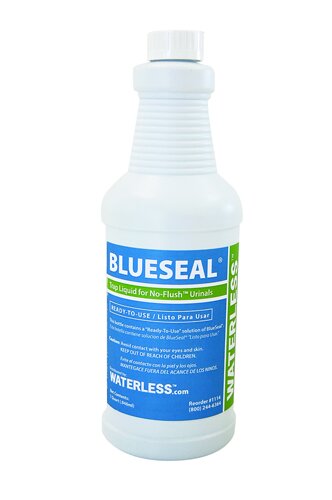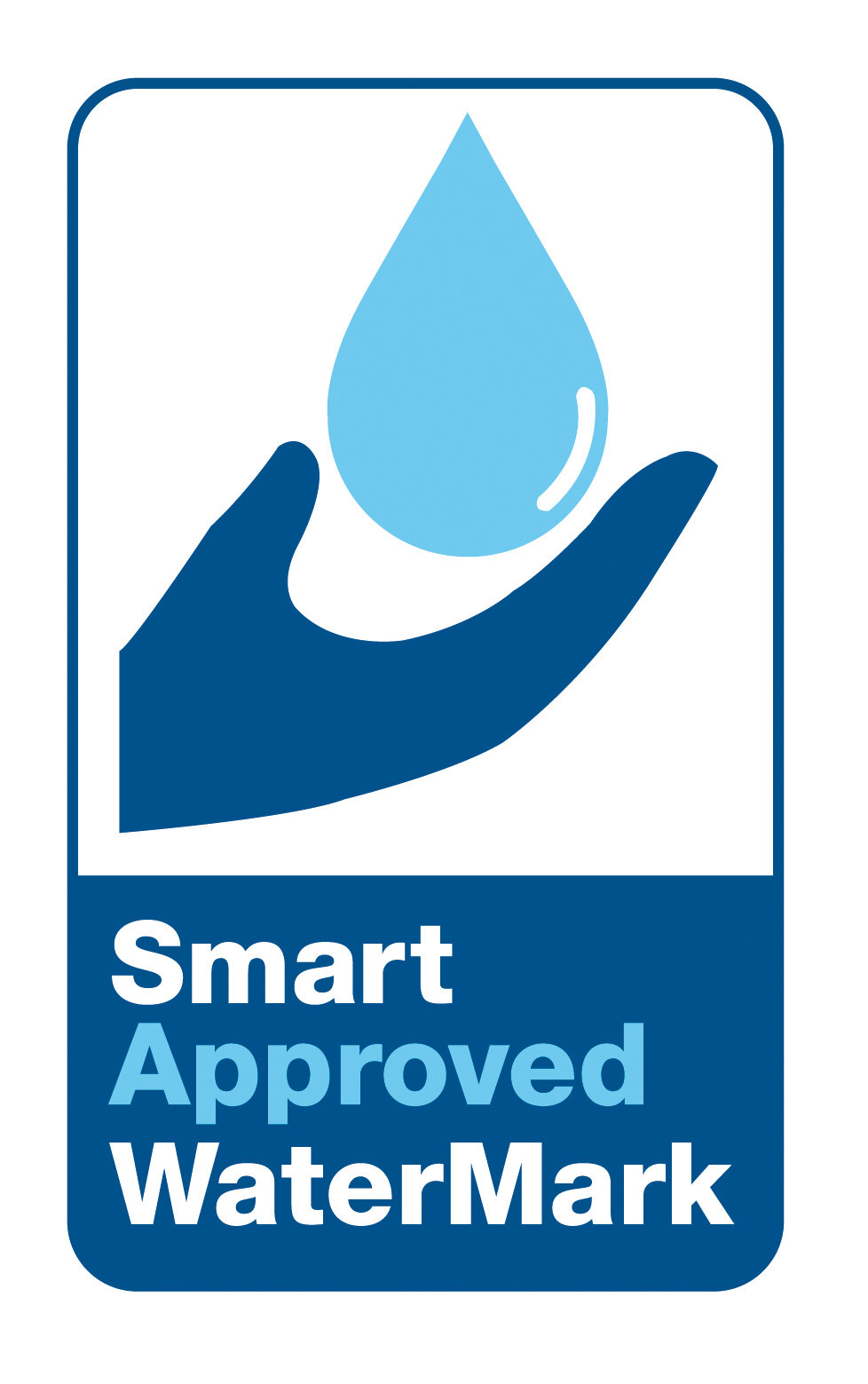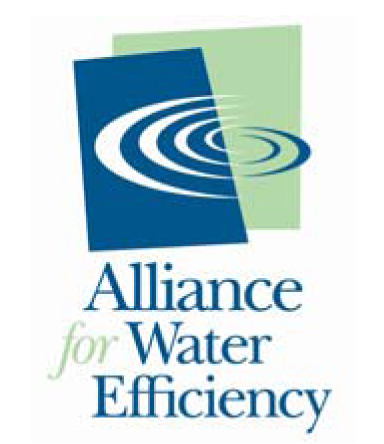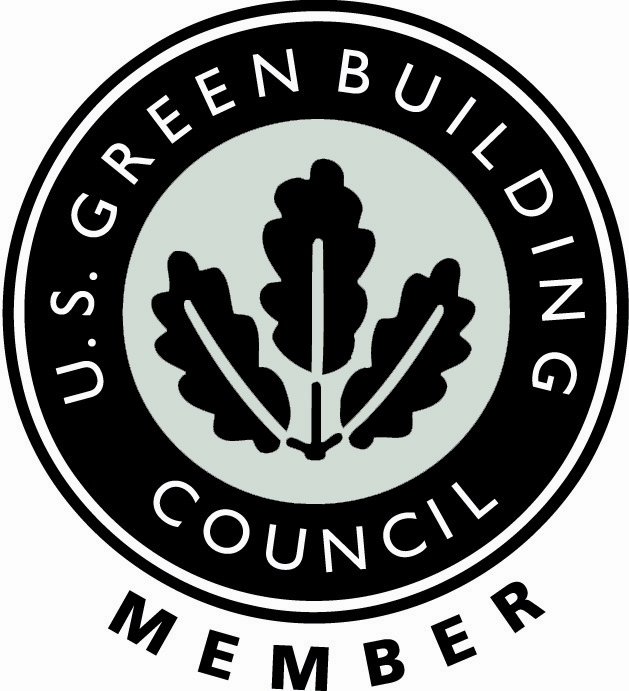It is not until a waterless urinal is purchased that most new customers learn about how vital the sealant liquid, for example, BlueSeal, is to ensure that the no-water urinal functions properly. So, we thought we would take a few minutes to explain precisely what a sealant liquid is, what it does, and why it is so important.
Let’s begin:
While not all waterless urinals are the same, most do require the use of a “sealant liquid.” That is exactly what BlueSeal is. It may also go by other names such as “blocking fluid” or “trap liquid.”
This sealant liquid, as we will refer to it here, is typically made of various commercial natural oils, most of which are biodegradable. This means that when released as waste, they are capable of decomposing back into a natural state.
About three ounces of the sealant liquid are poured into the cylinder inserted at the base of the urinal over the drain. This cylinder is also known as the trap or cartridge.
The liquid sealant has a specific gravity less than water. Explaining what “specific gravity” means can be a bit complicated. However, what we need to know is that it is lighter than urine. As a result, it floats on top of the urine. Doing so allows it to form a barrier that contains the urine below the sealant, preventing sewer odors from being released into the restroom.
This means that as the waterless urinal is used, the urine flows through the sealant and down the sewer drain.
The BlueSeal sealant liquid has zero evaporation at 100 degrees (F) and does not freeze above -70 degrees (F). This means it remains stable and can work effectively in most all settings and climates.
Over time, urine sediment and other debris from the urinal slowly collect in the cylinder. This is normal because the cylinder works like a filter.
With each use of the urinal, a small amount of the sealing liquid gets carried down the drain and more sealant will need to be added. Eventually, however, the cylinder will need to be replaced with a new unit and fresh sealant liquid
How often the cylinder needs to be replaced depends very much on the brand of waterless urinal selected. For instance, with some brands, the cylinder lasts only two or three months. With others, the cylinder can last several months before the cylinder liquid needs to be replaced.
So, there you have it, the basics of what a sealant liquid, in this case, Blueseal, is all about. It serves a vital purpose, ensuring restrooms stay clean, healthy, and odor free. Plus, the product is made of all-natural ingredients, ensuring it is not harmful to people or the environment.
For more information on how to reduce water consumption, waterless urinals, and to use water more efficiently, contact a Waterless Co Specialist





























